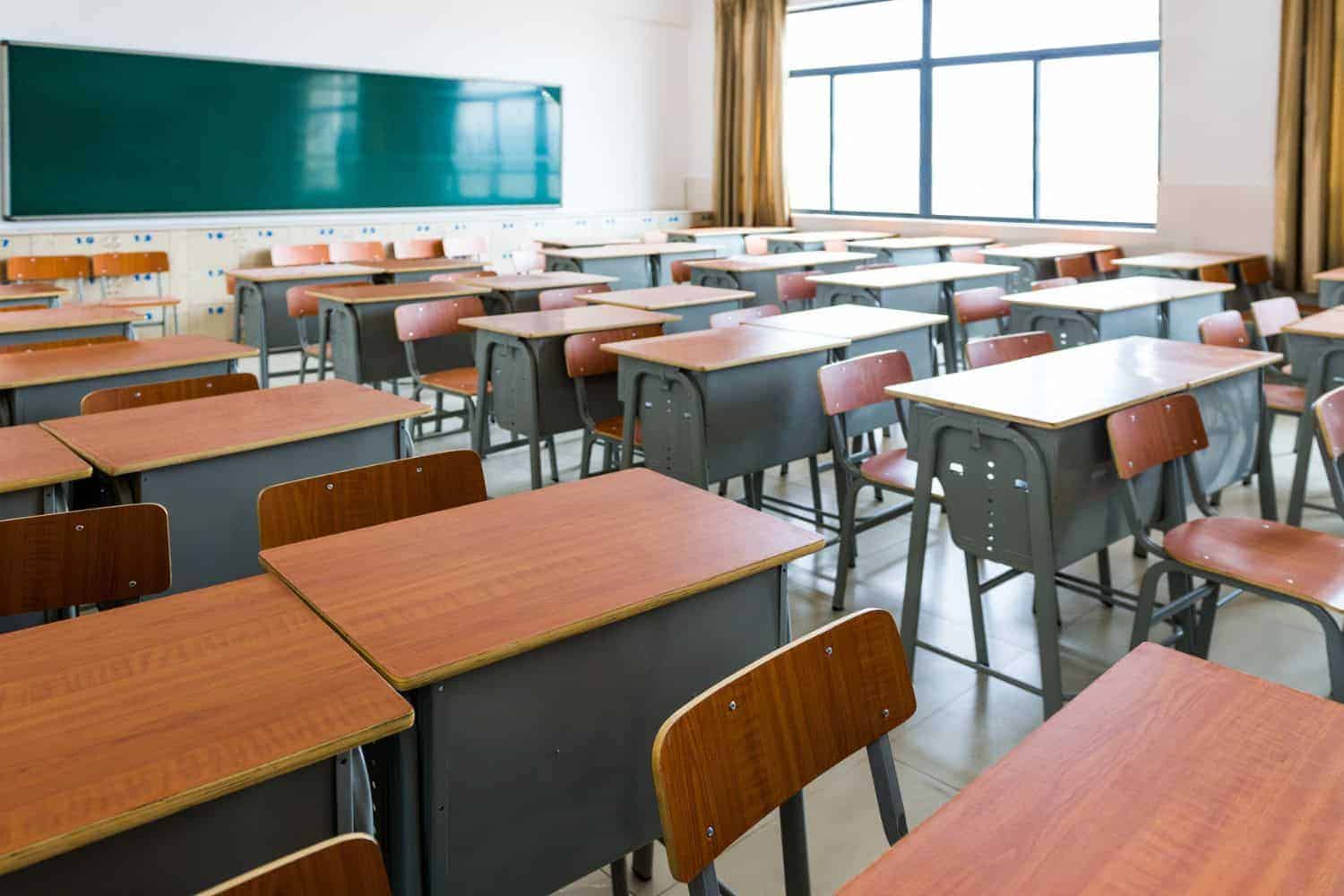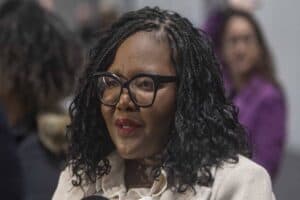Experts warn that a large portion of South Africa’s children are being left behind

The disparity in resources between government schools and private for-profit education businesses is creating a gulf in opportunities.
Two private education giants reported a combined R1.3 billion in operating profit, while the Department of Basic Education struggles to make its R35 billion budget count.
Experts warn that while the perceived differences in the outcomes of private and public education are not guaranteed, a large portion of South Africa’s children are being left behind.
Private school profits
ADvTECH Group reported over R900 million in unaudited operating profit for the first six months of this year, while Curro Holdings Ltd reported after tax profits of over R400 million for 2024.
Curro’s group revenue for 2024 was just over R5 billion, with ADvTECH topping that with R8.5 billion for the same year.
ADvTECH saw an increase of almost 12 000 enrolments to 105 000 pupils, with Curro stating it had 72 109 pupils at 189 schools.
Curro offers four segments, with 13% of their children paying R3 500 or less, while 35% pay R7 000 or more per month.
ADvTECH’s Pinnacle Colleges offering is slightly north of Curro’s upper average, but its Crawford offering can exceed much more than R150 000 per year.
By contrast, the Department of Basic Education has over 12 million children enrolled nationally at over 22 000 schools, with almost 75% enrolled at no-fee schools.
R263 billion on public teacher salaries
ADvTECH’s figures represent a 15.7% return on investment and a 12% increase in the growth of their schools segment.
Curro’s operating margin improved to 18.2% from 17.8% in 2023 on the back of spending R4 billion in capital investment in the last five years.
ADvTECH spent R96 million this year on new and renewed property leases and have a total lease liability of R1.1 billion.
The group spent R327 million on increasing capacity at existing sites to match incremental demand, bringing the total value of its assets to R11 billion.
Curro spent R2.3 billion on employee costs and boasted R12.3 billion in total assets.
South Africa’s education budget represents 19.6% of national expenditure, but has been reduced to its lowest in the last three years.
In Basic Education Minister Siviwe Gwarube’s July budget speech, she confirmed more than R35 billion would be allocated to the department for the 2025/26 financial year.
However, the basic education budget excludes employee remuneration for the sector, which received a proposed expenditure of R263.4 billion in the May iteration of national treasury’s budget.
DBE budget highlights
Gwarube’s budget allocated R15.3 billion to eliminate pit toilets, expand classrooms and repair schools.
R10 billion has been allocated to feed 9 million pupils daily, and R1.8 billion was allocated for teacher training, mentorship and leadership programmes.
R1.2 billion is allocated for learning material for grades R through 9, as well as R57 million towards the rollout of mother-tongued based bilingual education.
Additionally, R4.6 billion is allocated for Curriculum Policy Support and Monitoring to increase “national oversight, teacher support and curriculum delivery”.
Gwarube said in July that further investment in education was needed as recent benchmarking studies showed eight out of 10 children in South Africa could not read for mean by grade 4.
Only half of the children that began school in 2013 passed matric 12 years later and South Africa was ranked 62nd out of 64 in the 2019 Trends in International Mathematics and Science Study.
Despite those metrics, the matric pass rate for government schools was 87.3%, while Curro’s national senior certificate pass rate was 95.5%.
ADvTECH’s 2024 IEB matric pass rate was 99.4% followed closely by Curro’s IEB matric pass rate of 99.% for the same year.
Income related to outcome?
Institute of Race Relations (IRR) Strategic Engagements Manager Makone Maja said comparing the financial resources of the public and private sectors was difficult due to the number of children enrolled at no-fee schools.
Maja said that as of 2022, 73% of school-going children attended no-fee schools and a further 14% paid R1 000 or less per year.
Maja said that the no-fee structure was created to mend the equality gap but had inadvertently backfired.
“In its own way, the system has deepened the inequality and the adverse effects of poor education by focusing on widening access but not lifting quality.”
However, when asked what government needed to do to bridge the gap between private and government schools, education expert Professor Mary Metcalfe suggested that income did not correlate with results.
“Your assumption is that private schools perform better than state schools. This is not necessarily the case at all,” Metcalfe told The Citizen.
“High-fee private schools serve a population of children who would perform very well in state schools too,” she added.
‘Locked out of productive economy’
Quintile 1 schools are attended by the poorest 20% of children. Maja demonstrated the outcomes between the highest quintile, which served the wealthier population.
“Looking at mathematics alone, in 2023 only 10.7% of quintile 1 learners achieved 60% and above, while the comparable figure in quintile 5 schools was 30%,” said Maja.
“Quintile 5 schools achieved nearly three times the pass levels of quintile 1 learners,” she added.
Maja said these figures demonstrated the outcomes of the resource gap and believed no-fee schools were doing a disservice to the children attending.
“The government can learn from the private-school model, which is efficient and are results driven by greater accountability and autonomy,” said Maja.
The IRR warned that not reforming the no-fee structure would widen inequality by leaving the majority of children with a standard of education inferior to those who were already blessed with resources.
“This would mean that many people would remain locked out of the productive economy, with limited horizons of opportunity in their lifetimes.
“This is what makes lifting the quality of public education critically important,” Maja said.
NOW READ: Money is there but ‘political will is lacking’: Not enough schools being built in South Africa






